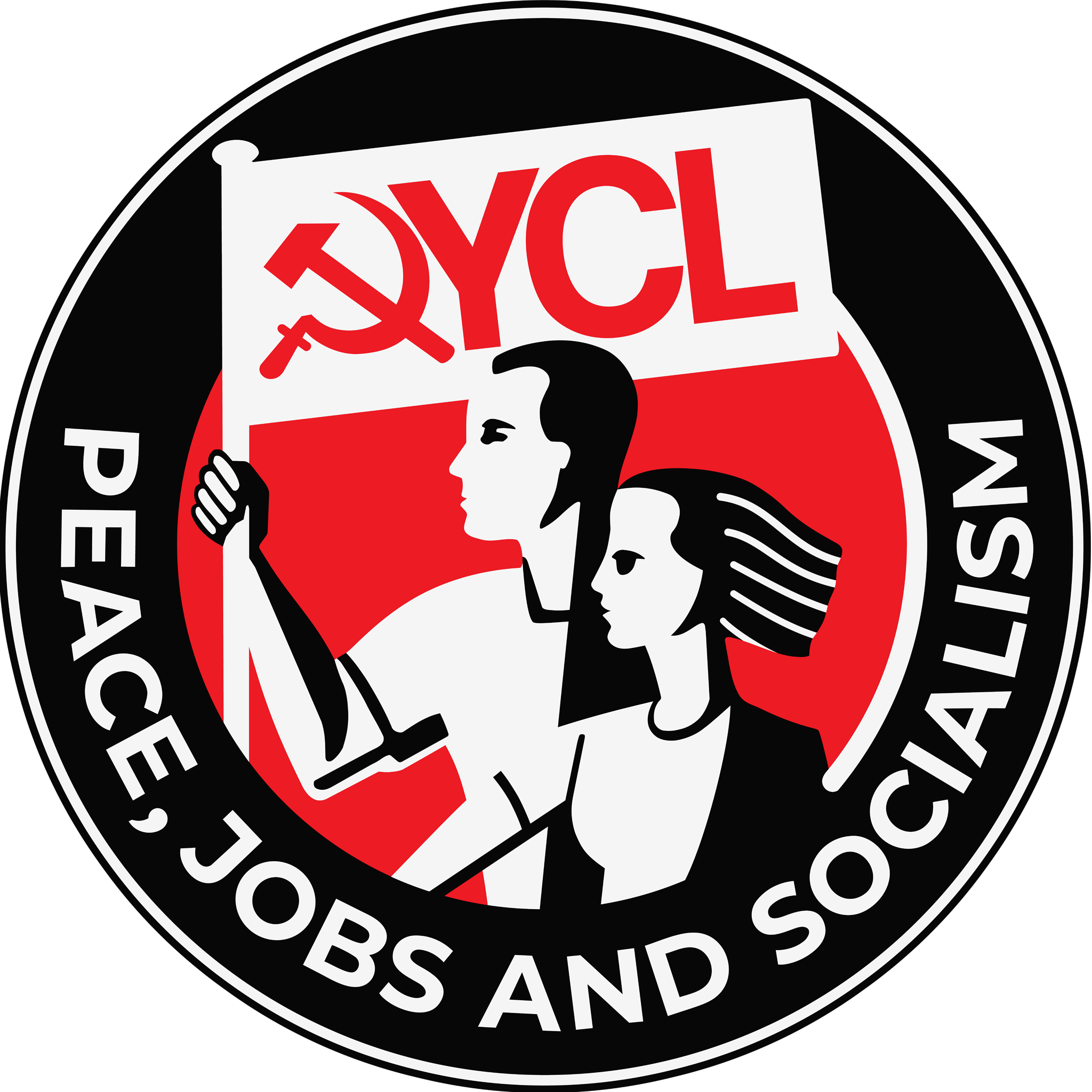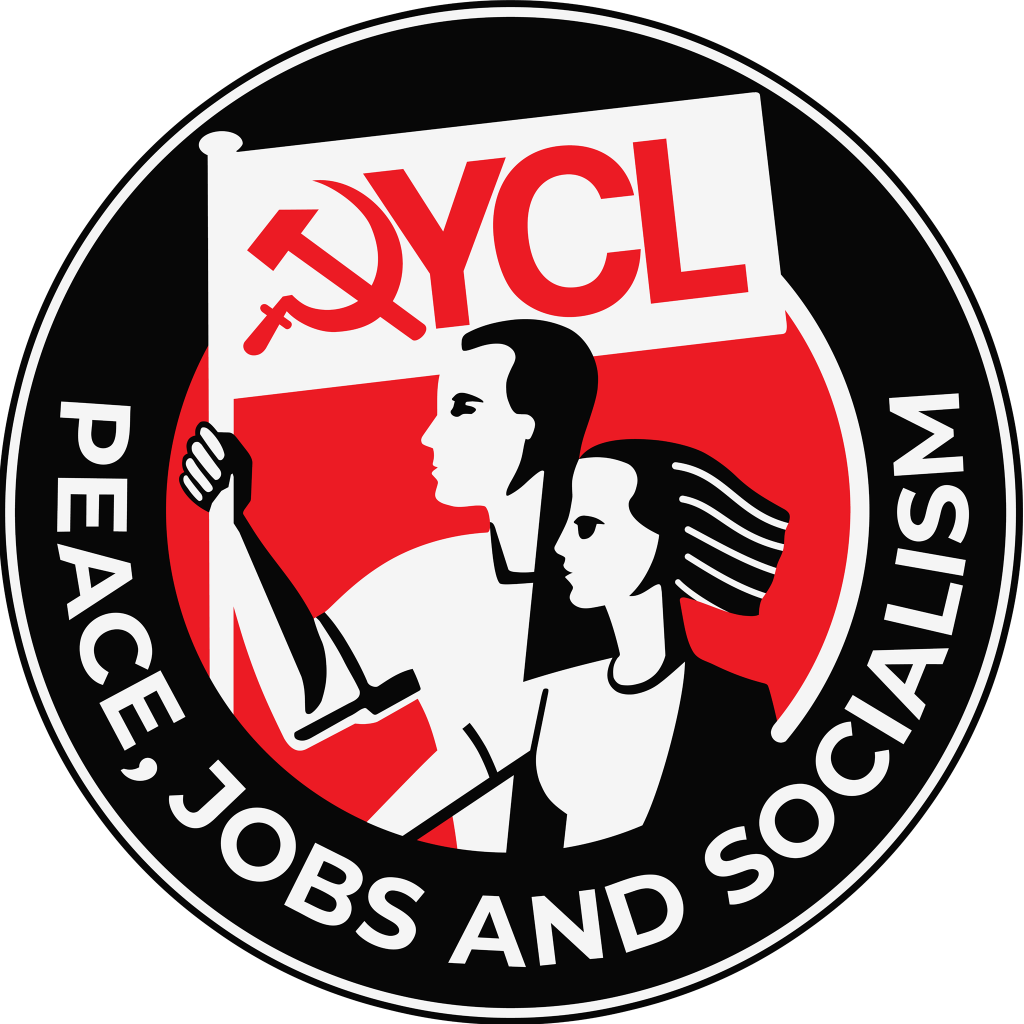Early History
It is important to remember that trade unions in Britain started out as illegal organisations, and that it was not through complying with anti-trade union laws, but persistent militancy, that they became gradually decriminalised from 1824. Trade unions then gained particular prominence during the Chartist movement which aimed to secure bourgeois democratic rights and protections for workers, such as voting rights. But regrettably, the trade union movement began on the assumption that all workers are equal under capitalism, and the genesis of trade unions was driven by concerns among seasoned workers about an influx of “low-skilled” individuals in their trades. Textiles and engineering unions were predominantly influenced by what Lenin termed the labour aristocracy, or a more privileged stratum of the workers in the craft unions bought off by imperialist profits to divide the working class and prevent revolution.
Notably, it was not until 1867 that unions received formal legal recognition, a development solidified by the Royal Commission on Trade Unions and the Trade Union Act of 1871. Importantly, the associated documents and legislation asserted that unions served the interests of both employers and employees. This recognition is pivotal in shaping our understanding of many trade unions today.
The evolution of trade unions exhibited marked disparities, at first intentionally excluding worse-paid workers and those beyond the realms of artisanal or traditional crafts. A case in point is the Amalgamated Society of Engineers, established from 1889 to 1893, which was designed to safeguard the interests of skilled workers and forestall the reduction of their wages by semi-skilled and unskilled counterparts. Despite making up the majority, these vulnerable and exploited workers constituted a demographic largely marginalised within the trade union movement’s landscape. The foundational phase of unions also witnessed the exclusion of other significant segments of the workforce, namely women and black workers.
As the decades unfolded and new unionism brought more unskilled workers into trade union activity, robust unions emerged in key sectors of the economy, including mining, dock working, and steel working. A noteworthy entity during this era was the Trade Unions Congress (TUC) founded in 1868 as a federation of trade unions in Britain.
Despite the original claim that unions were “in the benefit of both employers and employees,” this dynamic changed during the First World War. The trade unions, originally advocates for improving worker conditions under capitalism, shifted their focus when British imperialism called for war and market expansion. The TUC, with a membership of 4.1 million in 1914, surged to 8.3 million by 1920.
Throughout the war period (1914-1918), trade unions urged workers to support the imperialist war effort, resulting in a crackdown on strikes and disruptive practices. Subsequently, political elites curtailed workers’ protections through the Munitions of War Act of 1915, rendering strikes and lock-outs illegal and establishing special courts to handle attempts to disrupt work. This underscored the precarious situation workers faced under the accord between trade unions and employers. The suspension of trade union activities and negotiations persisted during the Second World War as well, representing a formal alliance between the bourgeoisie and the labour aristocracy against the mass of the workers in support of imperialism.
Trade Unions and the Soviet Union
A seismic shift in the course of human history unfolded during the First World War with the establishment of the Soviet Union, marking the inception of the first worker-controlled state. The Soviet Union presented a vision of the future characterised by socialism and a worker-centred economy, and thanks to socialist and communist organising, such as through the Hands Off Russia campaign, grassroots trade union branches passed resolutions in support of the new Soviet government. This pressure was so strong that when Britain threatened to declare war on Russia in 1920, even the conservative TUC was pushed to threaten a general strike and other acts of resistance, using trades councils to set up over 350 National Councils of Action across Britain in preparation. Trade union delegations both to and from the new socialist state soon followed.
Solidarity with the Soviet Union was not without risk, as workers who endorsed the Soviets and took strike action against the transport of arms through docks and ports to aid the anti-communist war faced dismissals, and these actions were only possible as a result of grassroots socialist and communist leadership, such as the London dockers who refused to load arms and ammunition onto the Jolly George in 1920, inspired by the revolutionary leadership of future Communist Party General Secretary Harry Pollitt.
From 1927, relations shifted as pressure from the ruling class caused the unions to embrace anti-communist politics, particularly among their leadership, and they refused admission of the newly formed Soviet Union into international trade union movements, like the International Federation of Trade Unions (IFTU).
But working-class support for the Soviet Union reached a new peak following WWII, when the Red Army under Stalin led the fight against fascism. In 1945, the British TUC organised a World Trade Union Conference in London which was jointly chaired by British, American, and Soviet trade union bodies and led to the founding of the World Federation of Trade Unions (WFTU) to replace the old IFTU. Unfortunately, the anti-communist trade unions (almost all of them) soon left this structure due to its opposition to the imperialist Marshall Plan in 1949, mainly leaving trade unions from the socialist bloc.
The WFTU still exists today with trade union representatives from all socialist countries, as well as the CGT in France and the RMT in Britain. The RMT joined in 2004 under Communist Party militant, Bob Crow, who also led the union as it severed ties with the Labour Party. Thanks in part to this legacy, the RMT continues to be one of the most militant unions in Britain.
The General Strike and Trade Union Decline
The TUC further demonstrated its reluctance to champion workers’ rights beyond minimal wage increases and marginally improved working conditions during the notorious 1926 general strike, the last general strike in Britain. This massive strike aimed to prevent wage reductions and deteriorating conditions for 1.2 million miners, garnering support from up to 2 million workers in solidarity. Notably, the recently founded Labour Party opposed the strikes, citing their “radical elements” and the negative impact on the party’s image as a reliable administrator of capitalism in Britain.
The 1926 strike symbolised a fundamental standoff between employers and workers. The government responded by deploying strike-breakers and attempting to subdue miners through starvation, utilising the army to breach picket lines. Embarrassed by effective resistance, the TUC called off the strike after just nine days, deeming it a failure, while the government claimed an inability to protect workers from employer reprisals. The union leaders then turned their backs on worker militancy, despite some workers persisting with strikes for months after the official conclusion, with communist backing. This exemplified trade union leaders prioritising bourgeois respectability and legality over the interests of their members, a recurring theme in the subsequent history of trade unions in the UK, including the strikes of 1969, 1972, 1974, and 1984–85, and particularly in the case of the miners.
Margaret Thatcher and her governments are often held accountable for the decline of trade unions and the erosion of their bargaining power in the workplace. However, this perception is flawed. Thatcher’s role was more about delivering the decisive blow and quelling the militant elements which had survived after many years of repression under both Labour and Tory governments, as well as the devastating impacts of de-industrialisation. Only a resurgence of militancy can reverse the onslaught against our trade unions, including the anti-trade union laws which persist to this day.
A Marxist-Leninist Approach
Since their inception, trade unions in the UK have primarily functioned as reformist organisations, advocating for the interests of a select group of skilled workers and employers through bourgeois legal and parliamentary means, such as suing through the courts or lobbying the Labour Party through trade union dues, while leaders keep a short leash on any genuine and effective militancy. The two main advantages which workers have over the capitalist class are their ability to take strike action and their superior strength of numbers, so opposition to these two advantages acts to deliberately undermine worker power.
That said, Marxist-Leninists recognise that unions are an important means of building links with the most revolutionary elements of the working class and spreading class consciousness, and Lenin acknowledged that unions could fulfil this dual role while also fighting for improved wages and working conditions. However, they are constrained by exclusively focusing on economic issues within the capitalist system, attempting to subvert what Marx describes as “the general tendency of capitalist production… to sink the average standard of wages, or push the value of labour more or less to its minimum limit,” but only ever slowing this decline.
By focusing on the economic and rejecting the political, by supporting bourgeois legal struggle and opposing militancy, and by tying workers to reformist and imperialist politics, most (but not all) trade union leaders effectively betray their members by locking them into a system that necessarily worsens their conditions, rather than challenging the overall capitalist structure through taking political power. It is the communists’ responsibility to expose these betrayals and guide workers towards true liberation.
Lenin therefore urged trade unionists to transcend the narrow confines of economic struggles and engage in broader social and political activities, and believed that trade unions ought to be used in order to organise and mobilise workers in recognising the oppressive structure of capitalism as a system. Similarly, Marx and Engels repeatedly refer to trade unions as the “schools” of socialism, giving workers the organisational and leadership skills to prepare for revolution.
Stalin was particularly critical of trade unions in the imperialist countries, arguing that trade unions in Britain and the west were “hostile to socialism” due to their roots in the labour aristocracy, placing “craft interests above class interests” and refusing to recognise anything above “a ‘penny a day’ increase in wages.” He also believed they were “conservative in spirit and hostile to all revolutionary undertakings” due to being led by the “old, venal trade union bureaucracy, which is fed by the bourgeoisie and is always ready to place the trade unions at the service of imperialism,” turning them into a “vast army of reformism which serves as a prop for the present-day capitalist system.” While trade unions therefore possess the potential to cultivate and propagate revolutionary politics among their rank and file with communist support, we should not imagine that they can ever create systemic change in Britain by themselves, as proposed by the anarcho-syndicalists.
Marx therefore recognised that although the working class should engage in the trade union struggle to slow the decline of their conditions under capitalism, they: “ought not to exaggerate to themselves the ultimate working of these everyday struggles. They ought not to forget that they are fighting with effects, but not with the causes of those effects; that they are retarding the downward movement, but not changing its direction; that they are applying palliatives, not curing the malady. They ought, therefore, not to be exclusively absorbed in these unavoidable guerrilla fights incessantly springing up from the never-ceasing encroachments of capital or changes of the market. They ought to understand that, with all the miseries it imposes upon them, the present system simultaneously engenders the material conditions and the social forms necessary for an economical reconstruction of society.
Instead of the conservative motto, ‘A fair day’s wage for a fair day’s work!’ they ought to inscribe on their banner the revolutionary watchword, ‘Abolition of the wages system!’”
Further Reading:
The Fight of Our Lives, Communist Party of Britain
Our Trade Unions, N. Flanagan
The Mass Strike, the Political Party, and the Trade Unions, R. Luxemburg
On Trade Unions, J. Stalin
The Struggle between Capital and Labour and Its Results, K. Marx
Discussion Questions:
- Why did Marx support the slogan “abolition of the wages system” over “a fair day’s wage for a fair day’s work”? What are the different politics represented by these two slogans?
- What are the different class interests represented by the trade union movement in Britain? What examples are there of minorities of workers whose interests are opposed to the vast majority?
- How do we build a revolutionary, anti-imperialist consciousness among rank-and-file trade union members? How should we respond to the leaders?
- If the general strike was in the interest of the working class, why did the TUC and its leaders oppose it? How should communists prepare for and respond to such an event in the future?
- Should we build revolutionary “red” trade unions to oppose the reformist and imperialist unions? Why/why not?



